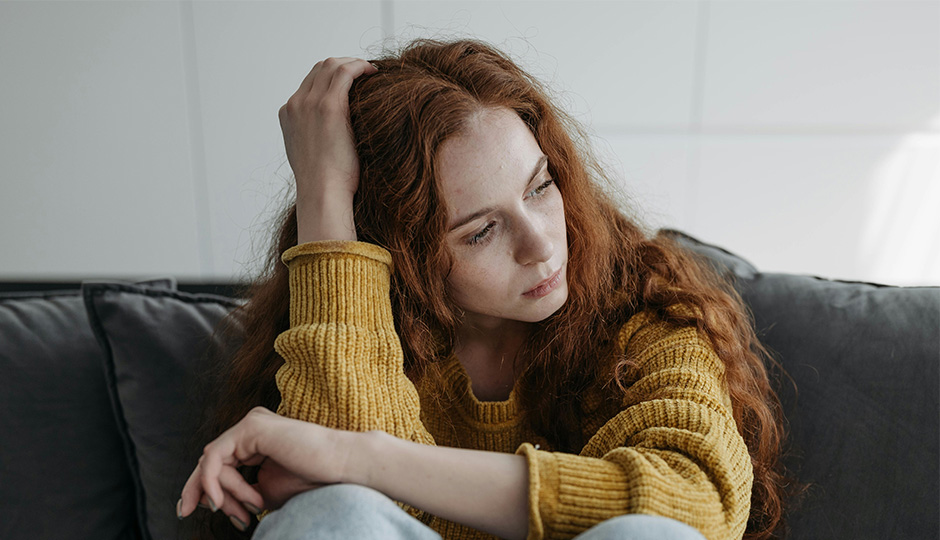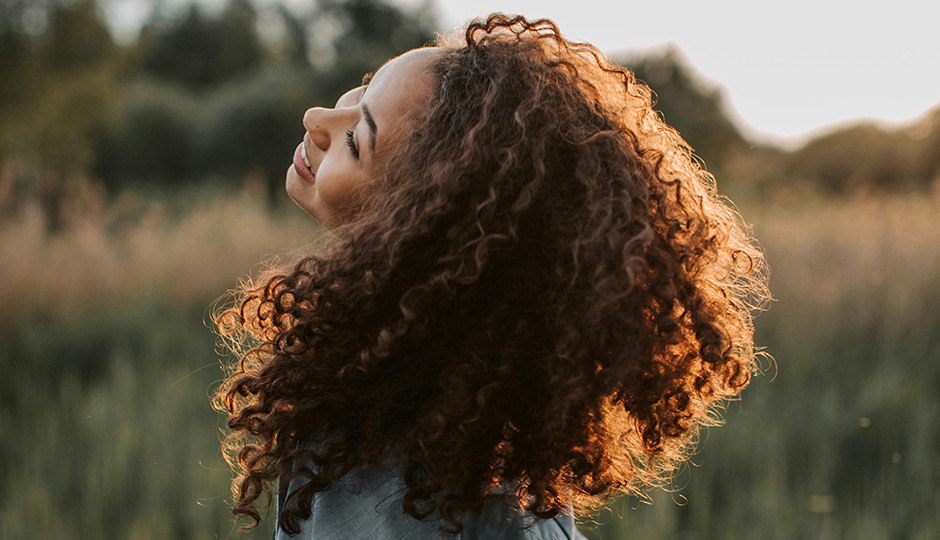If traction alopecia is a term you weren't familiar with until you were faced with it, you aren't alone. This is a fairly common hair condition that causes either permanent or temporary hair loss depending on the severity. However, there is no need to worry about having to cope with hair loss. Our specialists here at LH Hair are very knowledgeable of traction alopecia and experienced in helping you find the right hair loss solution to fit your needs. This is your guide to traction alopecia and what you can do about it.
What is Traction Alopecia?
Traction alopecia is a form of alopecia that is caused by strands of hair being pulled in the same direction, repeatedly, for long periods of time. This puts too much stress on the strands of hair, which causes them to pull out of the hair follicle. This may even damage the hair follicle. If damage to the hair follicle occurs, there is a chance that new hair may not be able to grow back in its place.
Who is at Risk for Developing Traction Alopecia?
This condition can happen in both men and women of every age. It occurs in individuals who wear hairstyles such as tight ponytails, braids, or dreadlocks every day for a long period of time. Traction alopecia can also happen if you wear tight headwear, such as headbands every single day.
What are the Signs of Traction Alopecia?
There are several signs of traction alopecia that individuals experience based on the severity of their condition. Every individual is different and may not have the same experience.
Signs of traction alopecia include:
- A receding hairline
- Pimples on the scalp near the strands hair that are under stress such as the base of dreadlocks or ponytails
- Redness on the scalp around the affected area
- Itching of the scalp
- Ulcers near the affected area
- Parts in the hair become larger
- Hair thinning in affected areas
- Hair breakage due to stress
In severe cases of traction alopecia, there may also be scarring of the scalp from where the individual has been experiencing this condition for prolonged periods of time.
How is Traction Alopecia Treated?
The treatment for traction alopecia depends on the severity. If caught in the early stages, simply refraining from tight hairstyles may be enough to do the trick. For more severe cases, an oral antibiotic or steroid treatment may be necessary to rid the scalp of any infection or inflammation.
What Can You Do About Hair Loss Due to Traction Alopecia?
Although traction alopecia is a very treatable condition, it may take some time before your hair grows back. In cases where the hair follicle is damaged, hair may not grow back. Whether you are waiting on your hair to grow back or are experiencing permanent damage, you do not have to live with hair loss. You have options.
At LH Hair, we offer a variety of hair restoration solutions to help you fight the effects of hair loss from traction alopecia. We offer non-surgical hair loss solutions such as hair integration, toppers, wigs, and extensions to give you the desired look. All of our hair restoration systems are made from either 100% authentic human hair, or natural-looking, light-weight synthetic fibers, depending on the solution you choose. We even offer trichological treatments to help your hair grow back faster and thicker.
Trust Your Hair to the Premier Hair Restoration Specialists in Charlotte
Our stylists understand the importance of a full head of hair. We will conduct a thorough hair and scalp analysis and then present you with viable hair restoration options to fit your particular needs. Once you have chosen the hair loss solution that best suits your needs, we will help through the entire process from start until finish, to make sure you are happy and satisfied with the results. Contact us today to schedule your free consultation!



